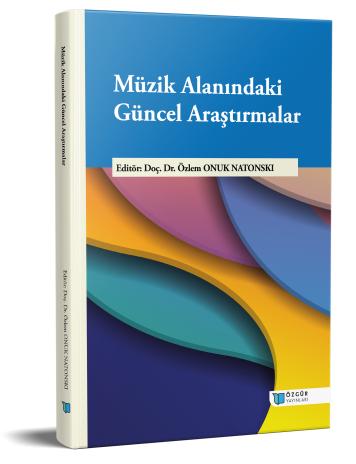
Aesthetic and Philosophical Dimensions of The Use of The Double Bass in Turkish Art Music
Chapter from the book:
Onuk Natonski,
Ö.
(ed.)
2025.
Current Research in Music Education.
Synopsis
This chapter offers a comprehensive account of the double bass in Turkish Art Music (TSM) across historical, technical, aesthetic, and philosophical dimensions. The theoretical scaffold integrates (i) the makam–seyir–usûl framework and its intervallic/tonal centers, (ii) aesthetics of the sound–tone distinction, and (iii) organology/acoustics with embodied listening. After outlining the historically limited representation of deep bass in fasıl/ensemble practice and the partial, timbrally constrained role of the violoncello the chapter argues that the double bass, by virtue of its long mensur, large resonating body, and fretless fingerboard, brings resonance, carrying power, continuous pitch control, and microtonal flexibility to TSM performance. Aesthetically, a sustained low-register layer enhances the perceptual salience of seyir, modulations, and formal flow, transforming the bass line from mere accompaniment into a meaning-bearing axis within TSM’s heterophonic texture. Philosophically, the “tradition versus innovation” debate is reframed beyond authenticity claims toward historical adaptability and textural rescaling, positioning the double bass not as a disruptor but as a device that deepens and renders tradition more audible. The chapter concludes by motivating a research agenda on orchestration/arranging, performance pedagogy (intonation and articulation), and listener studies, and by articulating the double bass’s technical and aesthetic contributions to contemporary TSM practice.

